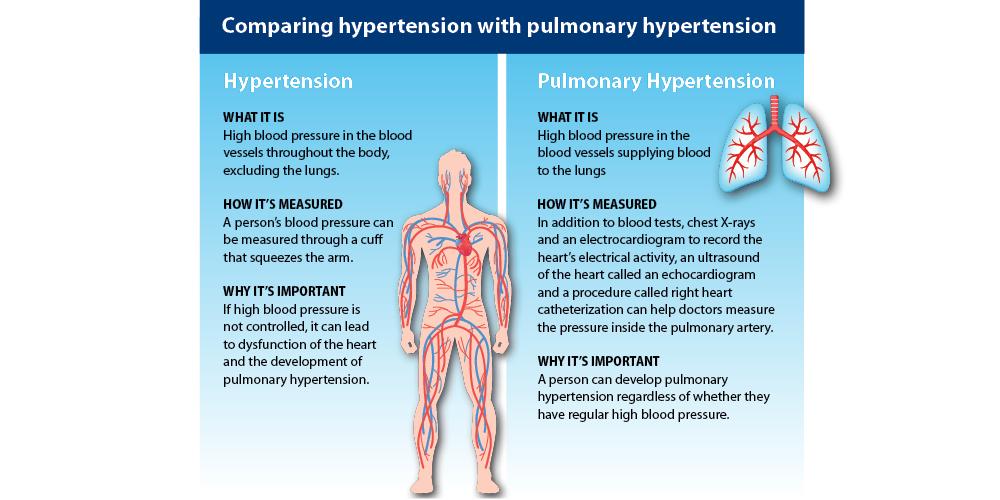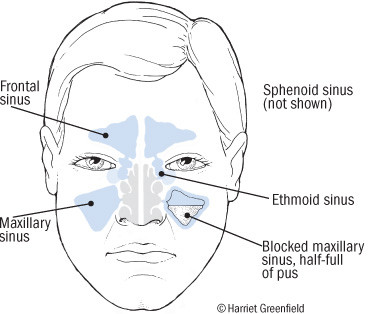The rotator cuff, a crucial component of the human shoulder, is formed by a group of muscles and their tendons. This structure plays a key role in stabilizing the shoulder and facilitating its extensive range of motion. The rotator cuff is comprised of four main muscles: the supraspinatus, infraspinatus, teres minor, and subscapularis muscles.
Pain and tenderness in the shoulder area are often evaluated for potential rotator cuff tears, biceps tendonitis, or degenerative conditions of the acromioclavicular joint. To diagnose the specific cause of shoulder pain, palpation over various muscle groups like the sternocleidomastoid, trapezius, parascapular, and paraspinous muscles is utilized. This helps in localizing the exact areas causing pain symptoms.
A rotator cuff injury, without proper treatment, can persist for months or even years, often worsening over time. However, most injuries to the rotator cuff respond to treatment within four to six weeks, particularly if injections form part of the treatment plan. Fortunately, many rotator cuff injuries can be avoided with appropriate preventative measures.
One of the secondary effects of a rotator cuff tear is rotator cuff tear arthropathy, which can lead to progressive destruction of the humeral head and the glenoid part of the scapula. Conditions like rotator cuff tendonitis, characterized by inflammation or irritation of the tendons and muscles in the shoulder joint, share similar symptoms. These include pain or swelling in the front of the shoulder, side of the arm, and discomfort during arm movement.
For rotator cuff tendonitis, one of the most common causes of shoulder pain, simple home therapies are often the best treatment. The shoulder’s vast range of motion, necessary for activities like swinging a tennis racket or reaching for high shelves, relies heavily on the rotator cuff’s integrity.
Rotator cuff injuries can be categorized into injuries caused by acute trauma and those resulting from degeneration. Symptoms often include recurring pain, muscle weakness, restricted arm movement, and sometimes grating or cracking sounds during movement. It’s important to consult an orthopedic shoulder specialist if symptoms like a deep ache in the shoulder, nighttime pain, or gradual weakness and decreased shoulder mobility are noticed.
In the case of rotator cuff tears, symptoms may include pain during activities, particularly those involving overhead lifting, night pain, and a sensation of weakness extending down the arm to the deltoid muscle. Tears can occur either traumatically or degeneratively. When an acute injury leads to a rotator cuff tear, a surgical repair within six weeks of the injury is often recommended to prevent muscle and tendon atrophy.

For further information on rotator cuff injuries, visit the following resources: Rotator Cuff Wikipedia, Neurogenic Thoracic Outlet Syndrome (TOS), Rotator Cuff Injury – Harvard Health, Shoulder Arthritis and Rotator Cuff Tears, and Rotator Cuff Tears, Injuries and Treatments | HSS.


